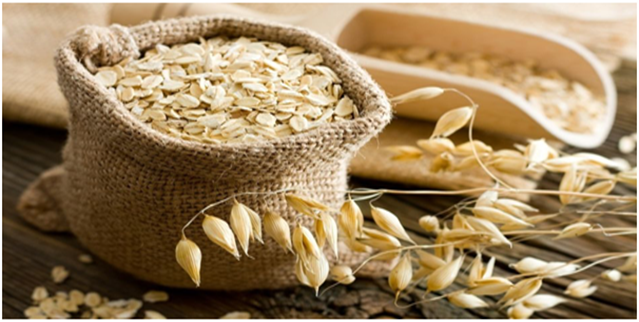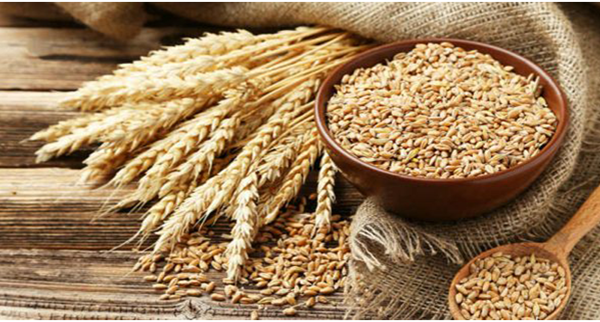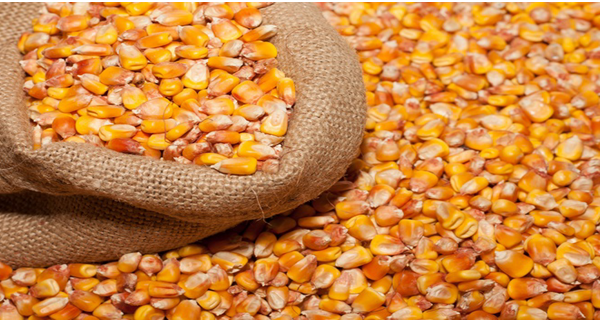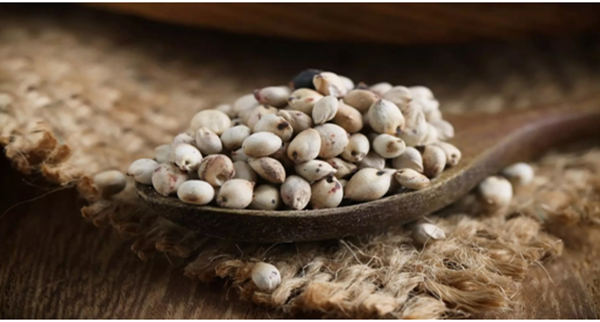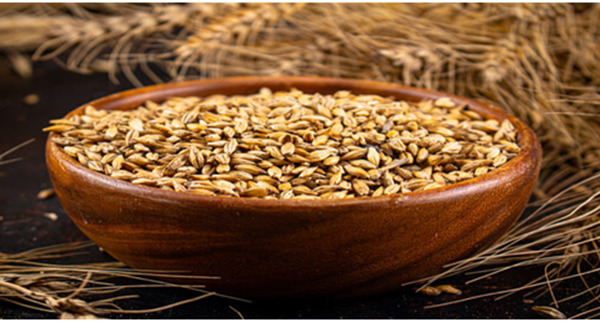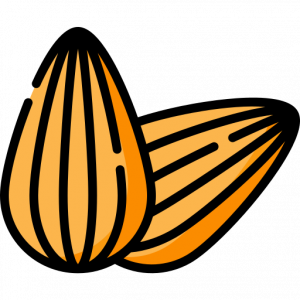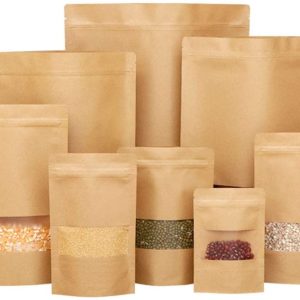Description
Oats is a cereal crop which is grown in about 500,000 hectares of land in Himachal Pradesh, Jammu and Kashmir, Madhya Pradesh, Punjab, Rajasthan, Haryana, Uttar Pradesh, Maharashtra and West Bengal. Oats is used for medicinal purposes and is a good source of protein, fibre and minerals.
INGREDIENTS
| Nutrients | Calories – 389 calories Carbs – 66.3 grams Fibre – 10.6 grams |
| Protein | 16.9g |
| Vitamin | Vitamin B |
| Minerals | Manganese Phosphorous Copper Iron Selenium Magnesium Zinc |
Oats Varieties for export:
- HFO – 114 (HARYANA JAVI – 114)
Delivered in 1974 by HAU, Hisar, it is an early sown variety of oats that provide two cuts and have good tillering, synchronous flowering. This plants of this variety are tall and resistant to lodging and diseases. They have bold seeds. It is said to produce 50–55 t/ha of green fodder in two cuts, 13 t/ha dry matter and 20 q/ha seed. It is reasonable for developing on the whole oat developing regions. This assortment is tall and it is impervious to housing. It has strong seeds.
- BRUNKER-10
The Brunker- 10 is a quick-growing type of oats with fine and smooth leaves. It is majorly grown in northwest India and hill zone like regions of Punjab, Delhi, Haryana and Uttar Pradesh. It is a fast-developing assortment having fine, restricted, smooth leaves. It is safe against dry spell.
- KENT
It is suitable for growing in all areas of India. Average plant height is 75-80 cm. This variety is resistant to rust, lodging and blight. It gives fodder yield of 210 qtl/acre.
- WESTON 11
Weston 11 has been released in 1978 for cultivation in Punjab. This variety of oats is semi-erect with a height of around 150 cm. The leaves of Weston 11 are broad with smooth panicles. The days required for flowering for this variety are 110 days and for maturity are 160 days. Grains are long and amber in colour.
- OS-6
This variety is resistant to all major diseases and pests. It is grown all over India.
- PALAMPUR-1
This variety of oats was released in 1980 and is characterized by medium maturity, profuse tillering and is known to be resistant to lodging. The Palanpur-1 variety of oats has been notified for cultivation in Himachal Pradesh. This variety of oats exported produces around 50 t/ha green fodder.
- BUNDEL JAI-822
A cross between IGO-4268 × Indio-6-5-1 following intervarietal hybridization and pedigree method of selection. Released in 1989, the variety has erect growth habit and glabrous nodes. It takes around 95–100 days for flowering Bundel Jai-822 and matures in about 125–130 days.
- BUNDEL JAI-851
Appropriate for development altogether zones of India. It gives normal green grain yield of 188 qtl/section of land.
- SABZAAR (SKO-7)
Sabzaar was released in 1997 and was developed by SKUA&T in Srinagar. This variety is cultivated in the temperate areas of Kashmir and high altitude regions of Jammu. SKO-7 variety is profuse tillering, leafy and suitable for dual purpose. It produces around 35–40 t/ha of green fodder.
- HARITA (RO -19)
The variety of Harita was released in 2007 and was notified for Maharashtra. This variety of Oats is a multicut variety developed by selection from a base population of Kent by MPKV, Rahuri and is suitable for winter season under irrigated condition. The average yield of Harita is around 50 t/ha for green forage and about 9.5 t/ha for dry matter.
- UPO–94
UPO-94 is resistant to rust, smuf and leaf blight disease and is primarily grown in northwestern and central zones of the country.
- OL-125
The OL-125 variety of oats was developed by intervarietal hybridization using Appler and IPC-163 followed by pedigree breeding and selection. The variety was released in 1995 for cultivation in the north-west and central zone of the country. This variety is suitable for single cut/multi-cut and yields 58 t/ha green fodder.
- OL-10
The OL-10 variety is appropriate for development in the watered territories of Punjab. Seeds are of medium size. Gives normal grain yield of 270 qtl/section of land.
- OL-9
OL-9 is appropriate for development taking all things together watered territories of Punjab. Seeds are of medium size. Gives normal seed yield of 7 qtl/section of land and grain yield of 230 qtl/section of land.
- ALGERIAN
The Algerian variety is reasonable for inundated zones. Normal plant stature is 100-120 cm. It has moderate early development and light green shading leaves.
- OPERATING SYSTEM-6
Reasonable for development on all the zones of India. Gives normal green grub yield of 210 qtl/section of land.


